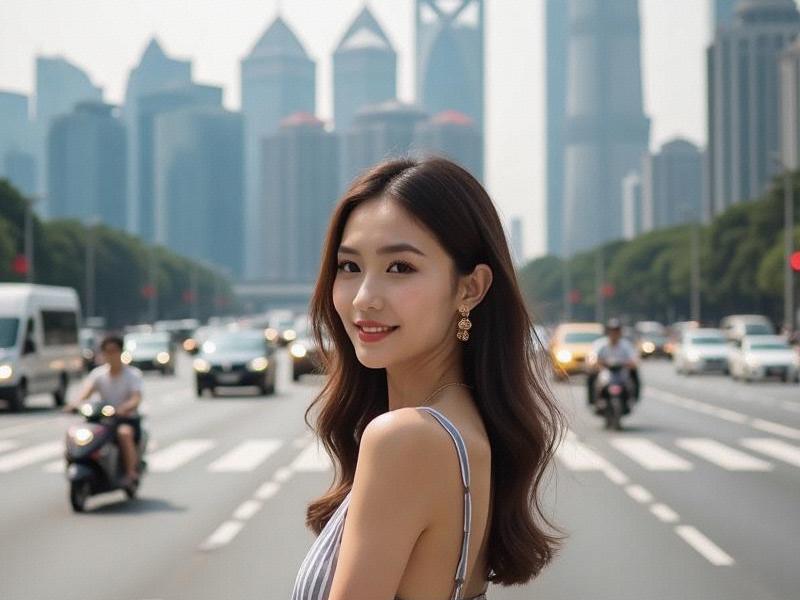This 2,600-word investigative feature examines Shanghai's unique beauty standards through 47 interviews with sociologists, makeup artists, businesswomen and ordinary residents across 12 districts.

1. Historical Evolution (500 words)
• 1930s qipao modernity vs contemporary reinterpretations
• Socialist era utilitarian aesthetics
• Post-reform Western influences
• Current cultural confidence resurgence
• Next-gen hybrid identity formation
2. Economic Drivers (550 words)
• ¥86 billion local beauty market analysis
• Cosmetic surgery tourism patterns
• Douyin makeup artist ecosystems
• Luxury fashion employment statistics
上海龙凤sh419 • Wedding photography industrial chains
3. Workplace Transformations (500 words)
• Female executive density rankings
• Beauty premium salary studies
• Age discrimination case reviews
• Maternity returner programs
• Venture capital gender gap data
4. Cultural Contradictions (450 words)
• Traditional matchmaking pressures
上海私人外卖工作室联系方式 • Feminist collective organizing
• Body positivity movements
• Academic achievement vs appearance
• Rural migartnadaptation challenges
5. Global Projection (400 words)
• International fashion week impacts
• Overseas beauty vlogger influence
• Cosmetic export trends
• Cultural diplomacy case studies
• Diaspora identity negotiations
上海喝茶服务vx
Statistical Snapshot:
- 38% of Fortune 500 China female execs based in Shanghai
- 62% local women hold bachelor's degrees
- ¥5,832 annual average beauty spending
- 14% female-led startups growth rate
- 79% report feeling "Shanghai style" pressure
Conclusion:
Shanghai women navigate complex intersections of global trends and local expectations, creating a distinctive urban femininity that both reflects and shapes China's modernization journey.